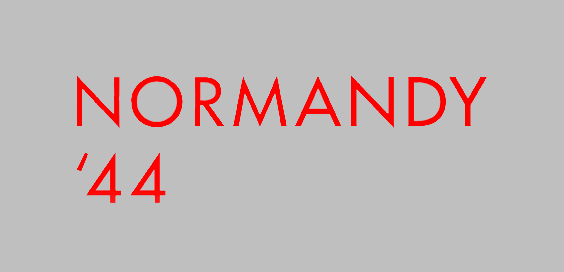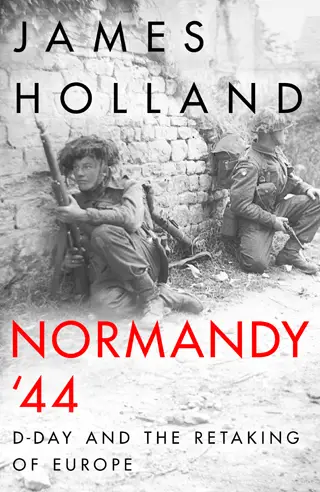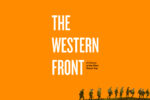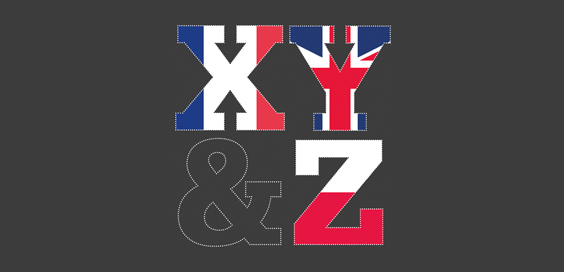Normandy ’44: D-Day and the Battle for France by James Holland – Review

By Victoria Holdsworth
If, like myself, you are lucky enough to still have relatives alive who played a part in the Normandy landings, then this first-hand contact probably offers a richer and more detailed understanding of how those times affected not only them, but the society around them, including the political and economical impacts upon the time period. But to me, this book is still a revelation.
James Holland has given a whole new, fresh insight into the stories from history that we thought we understood from school. He has allowed the reader to be able to form their own opinions from evidence and recollections, all pieced together in a sectional time frame, giving a much better understanding of exactly how events developed. Right from the offset, you are embroiled in the complex strategies that were at play.
According to Allied intelligence, Normandy would be a far greater operation against a prepared enemy. “Ensuring enough men and materiel were landed quickly enough… before any concentrated enemy counter-attack could be mounted was the absolute number-one priority,” writes the author.
“Fascinating”
 Holland has not just covered the British aspect of the war, but all the sides that were involved, no matter how large or small their involvement was. For the first time I found myself looking at this conflict from different perspectives.
Holland has not just covered the British aspect of the war, but all the sides that were involved, no matter how large or small their involvement was. For the first time I found myself looking at this conflict from different perspectives.
Equally, Holland puts forward the case that the British were far from the ‘under-prepared amateurs’ so often portrayed in history. Holland argues that the key to the success of the Normandy campaign was the Allies’ staggering behind-the-lines logistical efforts, which saw the landing of 150,000 troops and large quantities of arms, equipment and supplies, all arriving in unison on the first day. But just as important was the Allied Forces were able to keep the lines of supply coming, and by mid July over a million men had landed, all bringing tanks, ammunition, food until the German forces simply could no longer hold out. This supply of material, alongside the lack of arms supplied to the ‘impenetrable’ German bunkers built above the beaches (their ammunition ran out in just hours) was a major contributing factor to the campaign’s success.
Operation Goodwood (the battle and strategy to take Caen, in Normandy) is fascinating, conveyed in such a way that you feel you are almost in the room with planners during discussions. It’s a real testament to Holland’s writing abilities. Here, the psychological differences in the strategical planning between Montgomery and Eisenhower is revealed, and brilliantly examined.
“Unbiased and balanced”
In he most compelling chapter in this book, ‘Living Like Foxes’ the author shares some of Mary Mulry’s diary with us, an Irish nurse who was extremely forward-thinking in her approach to treating the wounded. The variety of wounds that Mary found herself dealing with went far beyond the physical. Her insights made massive strides towards practitioners coping with a whole barrage of mental illness and psychological conditions attached to such traumatic conditions. ‘This young man needs far more time than we can give him,’ noted Mary. ‘He needs sedation, reassurance and speech therapy.’
In one heart wrenching entry, Mary describes scenes from an intake of young Canadian soldiers, who had been fighting in the Capriquet battle. Their bodies were stretchered in to the medical tents, charred from a friendly fire incident. ‘Their bodies were black, they appearance horrific,’ wrote Mary. ‘We gave them morphia and more morphia and watched helplessly as they died. We moved the dead out of the ward and got on with trying to save the living. they were all so young and frightened.’
If you thought you knew everything you needed to about Normandy ’44, then please think again and read this book. James Holland’s unbiased and balanced approach will offer new insights with a crucial human touch.
‘Normandy ’44: D-Day and the Battle for France’ by James Holland is published by Bantam Press, £25









